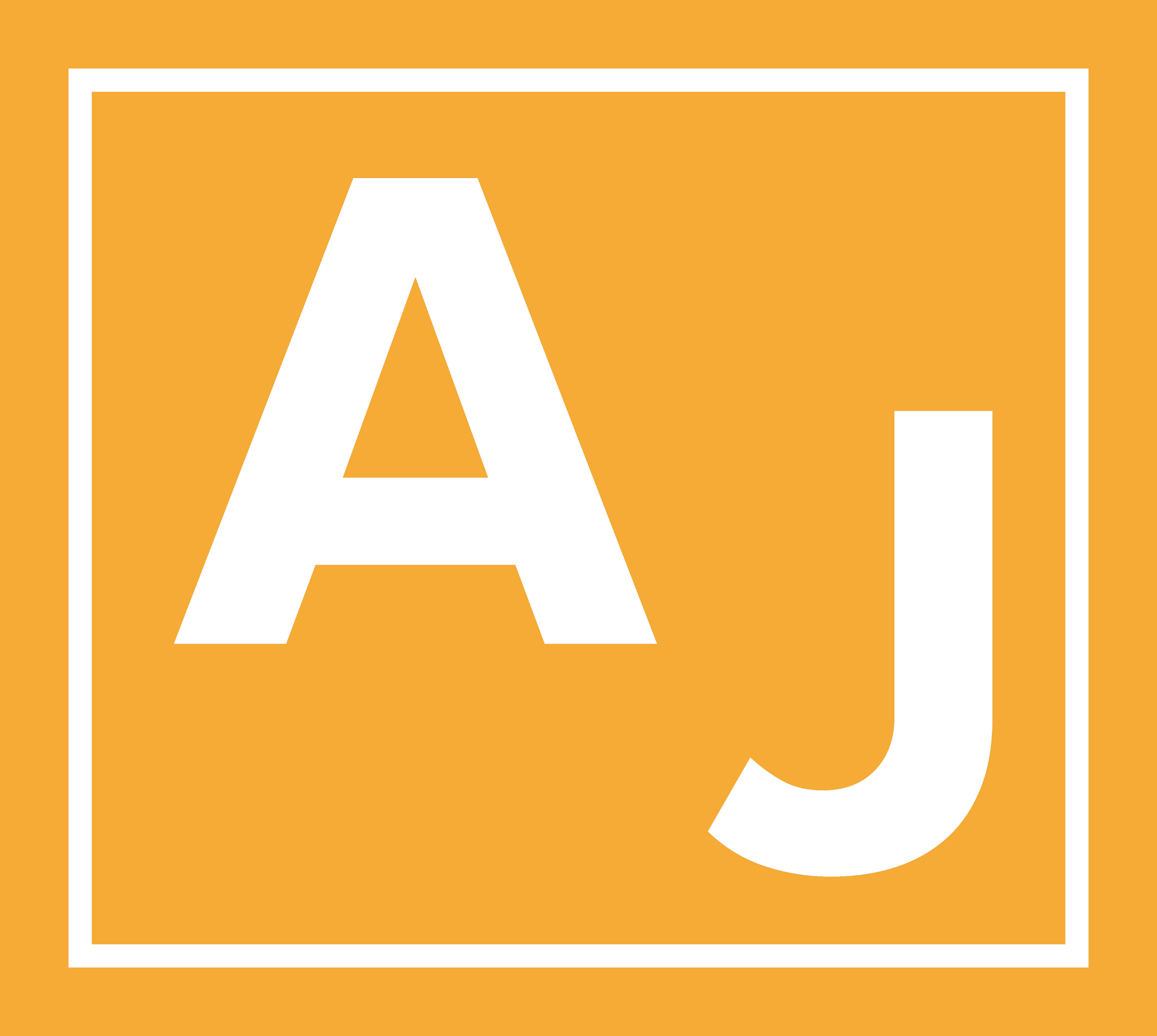Project Description:
Media and political systems are deeply interconnected. Specific constellations of media technology, economic foundations, and audience behavior shape the public arena, the opportunities for people to form and express political opinions, and the conditions of political competition. Accordingly, media change and political change are interconnected. But the media do not only shape politics, they also reflect changes and associated anxieties back through cultural products.
This project examines these interconnections between media and political change through the analysis of select episodes of media and political change in the US. We consider changes as processes of gradual becoming, rather than dramatic instantaneous shifts. In our analyses we focus on how media change impacts the following dimensions:
Technological changes we will focus on are the proliferation of periodical print culture (magazines and newspapers) (early 1800s), the acceleration of communication through the telegraph (late 1800s), the emergence of mass media (early to mid 1900s), the commercialization of news (mid to late 1900s). Based on these analyses, we turn to contemporary changes brought through digital technology, such as the world wide web, plattform communication companies, and future developments, such as the metaverse and artificial intelligence.
The project traces the long history of the (digital) information age and its interconnection with political change. How do changes in media technology, the shifting economics of production and distribution, as well as audience formation and behavior impact political competition? How do political actors read these changes, adapt their behavior, or shape changes through regulation?
Additionally, the project looks at how the media reflect these political changes through cultural products. We analyze critically the cultural forms that emerge from the contact zones between politics and media. Comprehending the ways in which such revolutions unfold and intersect—diachronically, structurally, formally, procedurally, and ideologically—helps to understand societal change writ large, specifically issues of political competition, communication, and the ability of media to reflect and negotiate culture.
The project is an interdisciplinary collaboration between the Americanist Damien Schlarb (University of Mainz) and the political and communication science Andreas Jungherr (University of Bamberg). It proceeds from an interdisciplinary analytical framework by joining social-scientific, philological, and media-historical methodologies. This interdisciplinary approach is necessary because it keeps the analytical focus of the project trained on the multifarious interactions (e.g., collisions, bifurcations, domination) between political and media change and on the new communicative forms that emerge from such contacts. Rather than offering a fragmented or siloed-off, bipolar analysis of this phenomenon, the project explores the rocky territory of these contact zones, bringing to bear in their analysis both media studies and political scientific sensibilities. The investigation of the correlations and cross-pollinations of media and political change provides answers to larger structural questions about the nature of social and cultural change in the information age.
